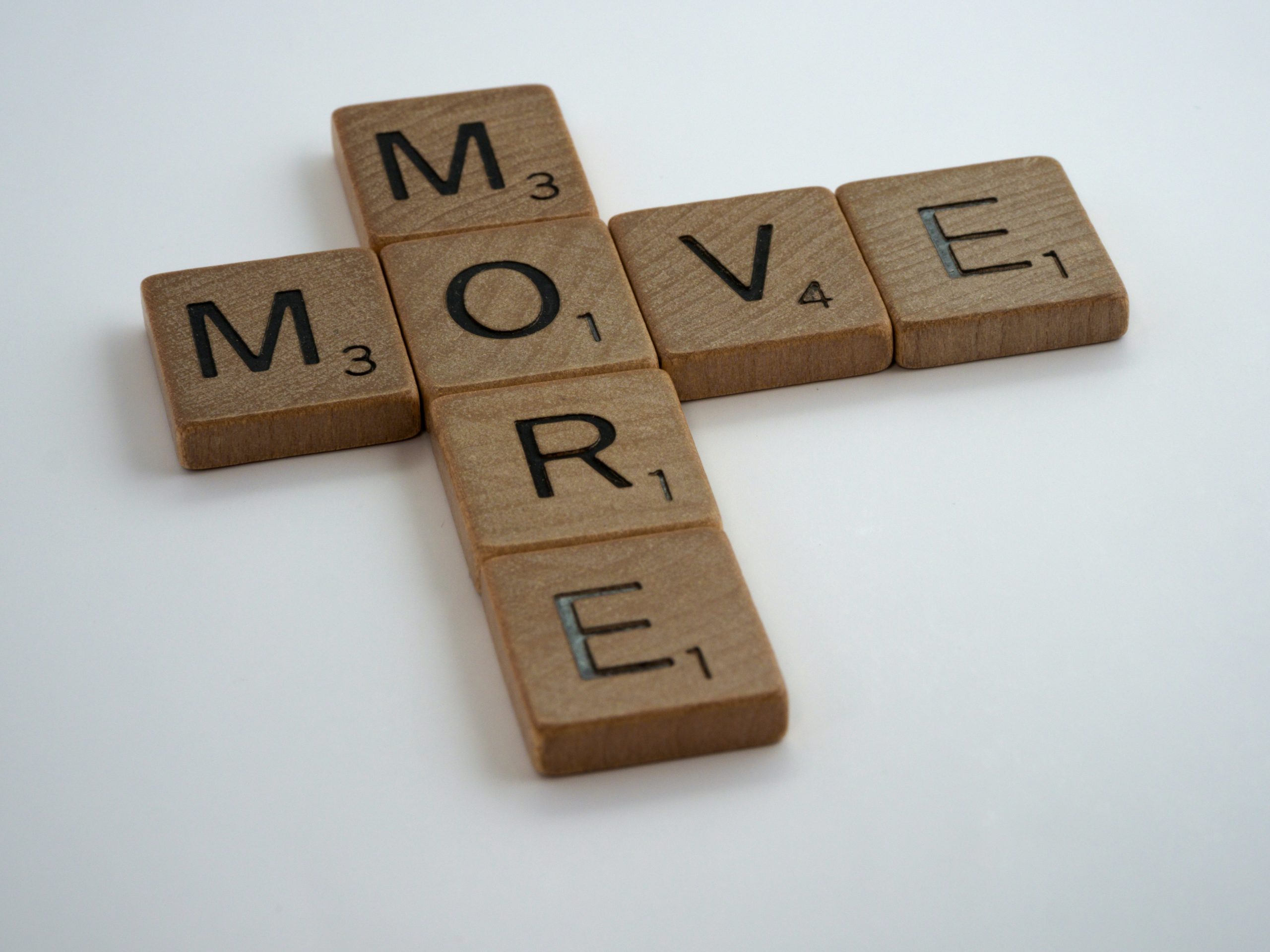
The countdown is on for the 2021 Australian Census, which will be held on Tuesday 10th August. This is my third census since arriving in Australia in 2011 with my husband, Sam and 8 month old baby, Gabriel. Since then I have added 1 member to the Australian population with the birth of my daughter, Imogen in 2012.
You will have completed many of these in your lifetimes but this year may be a little different as many of us are in a strict lock down and know exactly where we will be on census night. The silver lining of being stuck at home is that you are able to complete the census early to avoid forgetting or the website crashing on the day (which happened last year). I opted to complete my census while researching for this article, which was very easy to do online, as I will explain further.
What is a Census?
A census essentially counts every person and household in a country on a given day. The Australian Bureau of Statistics undertakes a census every 5 years, with the last being in 2016. This provides the government with a snapshot of the country and enables them to analyse how the country is changing. Census’ collect information that tells us about the economic, social and cultural make up of Australia, allowing informed decisions to be made.
The demographics of our Nation are in a state of constant flux. I’m sure that over your years of completing the census you have noticed changes. The information gathered in 2011 found that half the number of people living in Australia were migrants or Australian-born children of migrants; resulting in rapidly growing multicultural diversity.
The population over 65 years old is the most rapidly growing subset, outpacing that of total population growth. In 1981, the number of over 65 year old’s was 1.43 million; which by 2011 had grown to 3.01 million, as a proportion the increase is from 9.8% to 14%. This sort of change highlights why it is important to collect such information; so that the government can make provisions for housing, aged care and medical resources; and distribute accordingly to our communities’ needs.
History of Census’
The concept of a census dates back to 4000 BC when the ancient Babylonians began counting people, serving as a guide to how much food they needed to source. Evidence suggests that they recorded this information on clay tiles, with an example being housed in the British Museum (the Babylonian Chronicle Tablet).
The Egyptians began using census’ to work out the labour required to build their pyramids in around 2,500 BC. The Romans used census’ much as we do today. In the 6th century the Roman King, Servius Tullius ordered every man and his family to return to the place of his birth to be counted every 5 years. And of course there is perhaps the most famous census, resulting in Mary and Joseph travelling to Bethlehem!
Ancient Chinese civilisations recorded their first use of a census in 2 AD during the Han Dynasty. They calculated what is thought to be a relatively accurate population of 57.67 million people living in 12.36 million households; equating to approximately one fourth of the worlds population at the time.
In 1086 King William the Conqueror undertook a census known as the ‘Great Survey’ of much of England and Wales, with the manuscript being known as ‘The Domesday Book’, which I would imagine just about everyone is familiar with. Domesday comes from the Latin ‘Domus Dei’, meaning ‘House of God’. It is thought this name came about as a result of native Englishmen referring to the survey as ‘Gods’ Final Day of Judgement’, when every soul would be assessed and against which there could be no appeal. It shows information such as who owned land and how it was used, along with how things had changed since the Norman Conquest in 1066.
Throughout the ages man has been gathering information and using it as a means of matching food and supplies to need and to record land taxes etc.
In Australia the first population counts were known as ‘musters’ and were made as early as 1788. Musters involved all members of a community gathering at a specified time and location to be counted.
The first official census was held in the UK in 1801, with Australia’s first official census being held not far behind in 1828. In 1828 the white population count (it wasn’t until the 1967 referendum that Aboriginal natives and Torres Strait Islanders were included in the count) was 36,598 (made up of 20,870 free settlers and 15,728 convicts). The first census’ were conducted in each colony and were only combined in 1886. Since the very first official Australian census the population has grown to more than 25 million, and is expected to continue on an upwards trajectory.
Who Needs to Participate?
The census is compulsory and includes everyone in Australia, Norfolk Island, the Territories of Cocos Islands and Christmas Islands. It also includes any international visitors and students in Australia at the time of the count. You should also include anyone who will be away on census night if they are returning on Wednesday 11th August, for example shift workers. If you do not submit the census on time you can be fined up to $222 per day, so it really is worth taking 10-20 minutes to complete and return/submit your census.
Some people may struggle to complete the census, for any number of reasons, but it is important that every home completes one. The census is available in multiple languages online or you can call 131 450 for translating and interpreting services. Auslan assistance is available for those who are deaf or find it hard to hear or speak with people. Audio assistance is also available for people who are blind or have low vision. For more information on accessibility click here.
When and How do I Participate?
The official date of the census is Tuesday 10th August 2021, but as I said before you are able to complete early if you know where you will be on census night.
Every home should receive instructions on how to take part by early August. This will arrive in paper format but the Australian Bureau of Statistics is encouraging people to complete online if able to do so. You can access the online form using the census number and temporary password on your letter/form that arrives in the post. Alternatively you can request a census number and start the online form without a letter or form. I used the latter and it was very easy. You will need to enter your mobile number, to which they will send a one-time PIN number allowing you to access the form.
If you require a paper form and have not received one in the mail you can request one by calling 1800 130 250. This is an automated 24 hour service and you will require your 16 digit census number from your census letter. Reply paid envelopes are provided with the form.
Before I finish, I just wanted to remind of the importance of completing the census. It is valuable in assisting the government to make informed decisions relating to topics such as transport, education, health care, roads and buildings. It helps in planning local services for individuals, families and communities. Independent assessments have found that for every $1 spent conducting the census, $6 is generated for the Australian economy.
I hope this article has been informative and has helped in navigating how to complete the census in 2021. If you would like to further explore the benefits of the internet for completing tasks such as online forms, take a look at my blog Tech Savvy Seniors.



